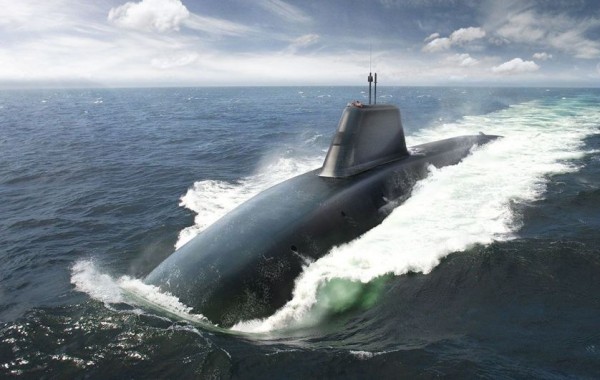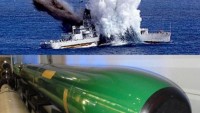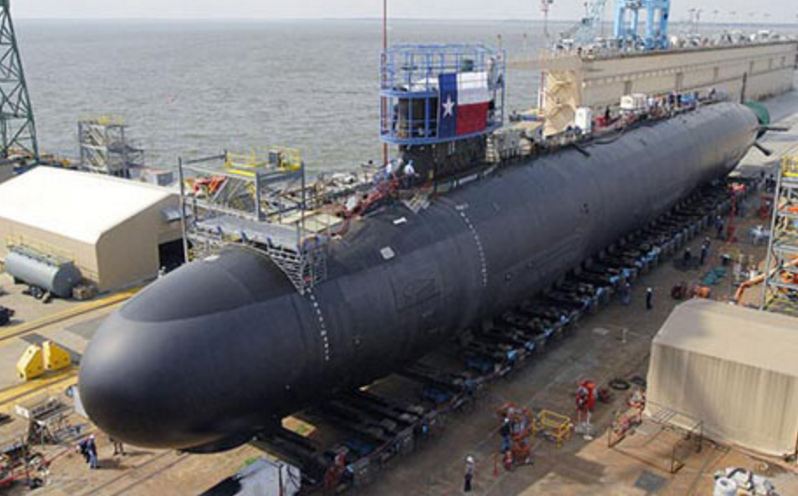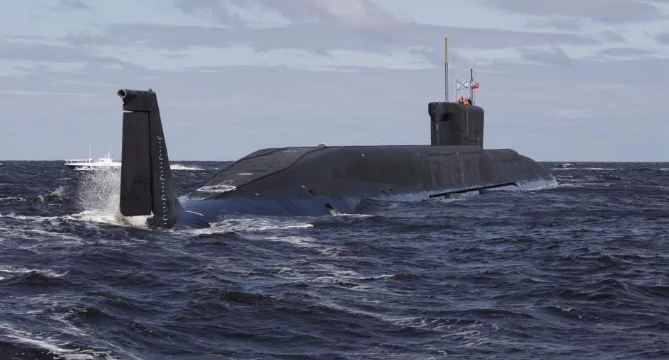UK to Begin Production of Massive Successor-class Nuclear Missile Submarines
| Arthur Dominic Villasanta | | Oct 17, 2016 05:43 PM EDT |
(Photo : Royal Navy) Royal Navy Dreadnought-class submarine (concept drawing).
The United Kingdom has approved an initial outlay of $1.6 billion to produce its new Successor-class ballistic missile submarines (SSBN) that are far stealthier than the Royal Navy's current SSBN and also have superior crew accommodations.
That investment will cover long-lead items and prepare the shipyard at Barrow-in-Furness to build these massive subs.
Like Us on Facebook
"Britain's ballistic missile submarines are the ultimate guarantee of our nation's safety -- we use them every day to deter the most extreme threats," said Michael Fallon, Secretary of State for Defense.
"We cannot know what new dangers we might face in the 2030s, 2040s and 2050s so we are acting now to replace them."
The four boats in the Successor-class, which will have a service life of 25 years, will replace the Vanguard-class that entered service with the Royal Navy in the 1990s. Replacing the Vanguards is necessary if the Royal Navy is to maintain a "continuous at-sea deterrent" (CASD), the principle of operation behind the Trident system.
The new boats will be the largest submarines ever built for the Royal Navy. They will displace 16,000 metric tons and will be 153 meters in length. They Successors, however, will only mount 12 missile tubes rather than the 16 on the Vanguards.
The huge SSBNs, also referred to in submariner lingo as boomers, are expected to enter Royal Navy in the 2030s. They will also share technology with their U.S. Navy opposite numbers (the Columbia-class Ohio Replacement Program SSBNs) such as a common missile compartment (CMC) design.
The Successors will be armed with 12 nuclear missile tubes loaded with UGM-133A Trident II, or Trident D5 submarine-launched ballistic missiles (SLBM) built by Lockheed Martin Space Systems.
Deployed with the U.S. Navy and the Royal Navy, the Trident II Strategic Weapons System was first deployed in March 1990 and remains in service. Trident II is an improved SLBM with greater accuracy, payload, and range than the Trident C-4.
Trident II's increased payload allows nuclear deterrence to be accomplished with fewer submarines. Its high accuracy (a circular error probability of only 90 meters after traveling 12,000 km) approaches that of land-based missiles allows it to be used as a first strike weapon.
Trident II missiles are carried by 14 U.S. Navy Ohio and four Royal Navy Vanguard-class SSBNs, with 24 missiles on each Ohio-class and 16 missiles on each Vanguard-class. Each missile can carry from 8 to 12 thermonuclear MIRV (Multiple Independently Targetable re-entry Vehicle); a W88 Maneuverable Re-entry Vehicle or W76 thermonuclear warhead.
The large size of the Successors will make possible better creature comforts such as separate berthing for female crew members; a sickbay with a doctor and a gym. The boats' larger size also leads to enhanced stealth since larger submarines are inherently quieter than smaller ones.
TagsSuccessor-class ballistic missile submarine, SSBN, Royal Navy, United Kingdom, UGM-133A Trident II, submarine-launched ballistic missiles
©2015 Chinatopix All rights reserved. Do not reproduce without permission
EDITOR'S PICKS
-

Did the Trump administration just announce plans for a trade war with ‘hostile’ China and Russia?
-

US Senate passes Taiwan travel bill slammed by China
-

As Yan Sihong’s family grieves, here are other Chinese students who went missing abroad. Some have never been found
-

Beijing blasts Western critics who ‘smear China’ with the term sharp power
-

China Envoy Seeks to Defuse Tensions With U.S. as a Trade War Brews
-

Singapore's Deputy PM Provides Bitcoin Vote of Confidence Amid China's Blanket Bans
-

China warns investors over risks in overseas virtual currency trading
-

Chinese government most trustworthy: survey
-

Kashima Antlers On Course For Back-To-Back Titles
MOST POPULAR
LATEST NEWS
Zhou Yongkang: China's Former Security Chief Sentenced to Life in Prison

China's former Chief of the Ministry of Public Security, Zhou Yongkang, has been given a life sentence after he was found guilty of abusing his office, bribery and deliberately ... Full Article
TRENDING STORY

China Pork Prices Expected to Stabilize As The Supplies Recover

Elephone P9000 Smartphone is now on Sale on Amazon India

There's a Big Chance Cliffhangers Won't Still Be Resolved When Grey's Anatomy Season 13 Returns

Supreme Court Ruled on Samsung vs Apple Dispute for Patent Infringement

Microsoft Surface Pro 5 Rumors and Release Date: What is the Latest?














